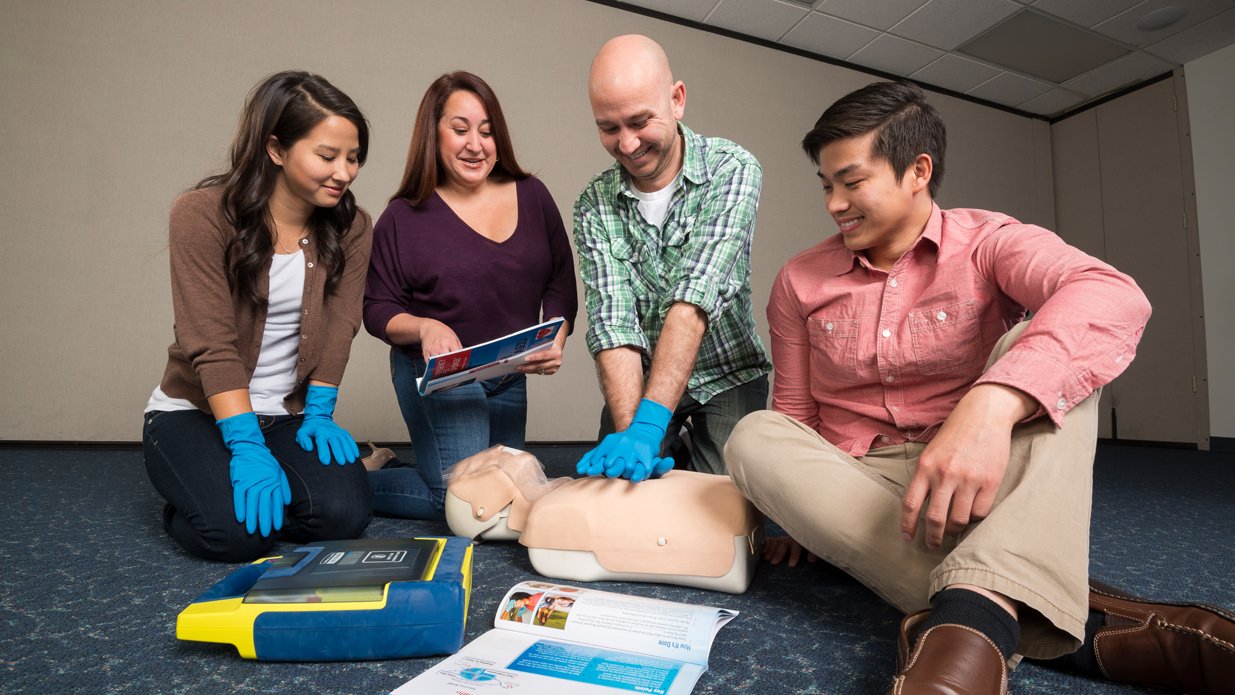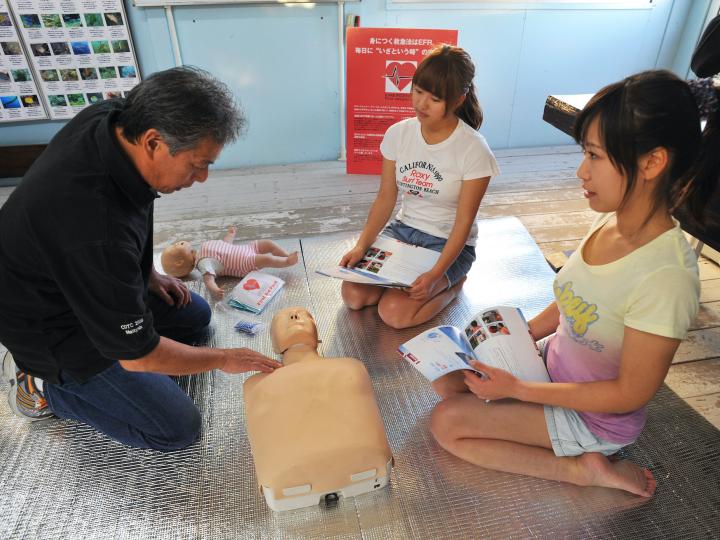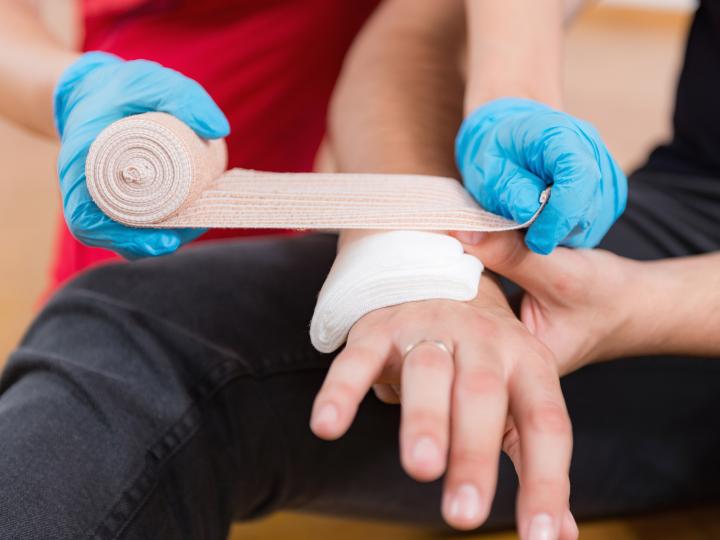Step 1: Knowledge Development Begin by learning the principles of emergency care. You can complete this through PADI eLearning at your own pace or via in-person sessions. The training materials cover primary care (CPR), secondary care (first aid), and AED (Automated External Defibrillator) use. The content is straightforward and designed to build confidence in emergency response.
Step 2: Practical Training Under instructor supervision, you’ll participate in realistic scenario-based practice. This includes: Assessing scenes for safety. Performing CPR on adults and children. Providing primary and secondary care. Handling shock, spinal injuries, burns, choking, and more. Using barrier devices and AEDs. These scenarios help reinforce quick decision-making and calm, clear responses in stressful situations.
Certification Requirements: Complete knowledge development sessions. Demonstrate all practical skills in primary and secondary care. Participate in realistic emergency scenarios. No prior medical or emergency training is required to enroll.
Time Commitment: Typically, the EFR course can be completed in one full day or spread across two half-day sessions, depending on schedule





